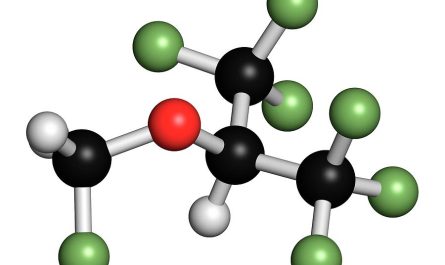
The opioid overdose crisis continues to ravage communities across the United States. In response, more states and localities are working to expand access to naloxone – the overdose-reversing drug that can save lives during an opioid emergency.
Growing awareness of naloxone’s life-saving potential
Naloxone has been used in medical settings for decades to reverse opioid overdoses. However, it was not until recent years that many became aware of its potential for public health benefit beyond emergency rooms and ambulances. As the death toll from opioid overdoses climbed into the tens of thousands each year, public health officials began encouraging wider distribution of naloxone for use by potential bystanders during an overdose.
Studies showed naloxone to be highly effective at reversing overdoses caused by prescription opioids and illicit drugs like heroin and fentanyl when administered quickly. With proper training, family members and friends of those struggling with substance use disorder were able to recognize an overdose and administer the intranasal spray or auto-injector version of naloxone successfully. Expanded access could help fill an important gap, as emergency medical services often do not arrive at an overdose scene for 10 minutes or more on average.
Legal and regulatory changes make naloxone more accessible
To allow expanded public distribution of naloxone, many states made changes to pharmacy and other regulations. All states now have either a standing order or protocol in place that permits pharmacists to dispense naloxone without an individual prescription. Several states have taken the extra step of allowing standing orders signed by a physician to serve as a universal prescription for all state residents. Other states have taken measures like making naloxone available without a patient-specific prescription through community programs and first responders.
These regulatory changes have increased availability of naloxone at pharmacies across the country. According to the National Association of Boards of Pharmacy, as of December 2020, all 50 states and Washington D.C. allow naloxone dispensing under a statewide standing order or protocol. Other organizations like government health departments and community non-profits are also distributing naloxone kits further into neighborhoods most impacted by the opioid crisis.
Community health programs distribute lifesaving naloxone kits
Community-based organizations play a major role in distributing naloxone kits and offering overdose education throughout the U.S. Funded through federal and state grants, these programs seek to remove barriers to access for those most at risk or connected to people struggling with opioid addiction.
Outreach workers fan out across cities and rural towns to set up information booths, host training sessions, and simply spread the word about naloxone’s life-saving potential. Anyone can request a free naloxone kit to have on hand for emergencies. The kits typically contain two doses of intranasal naloxone spray or auto-injectors, instructions for administration, and information on 911 assistance during an overdose.
Participants are educated on how to recognize signs of an opioid overdose, perform rescue breathing, and administer the medication. With naloxone’s remarkable safety profile, even untrained bystanders can intervene quickly in an emergency. Studies of community distribution programs found they successfully linked patients to treatment and reduced opioid deaths in the targeted regions. As of 2019, the CDC reports that community programs and first responders had reversed over 27,000 suspected opioid overdoses using naloxone.
Expanded access essential amid worsening fentanyl crisis
Experts stress that wider availability of naloxone must continue as synthetic opioids like illicitly manufactured fentanyl push overdose rates to unprecedented levels. Fentanyl is now the leading cause of overdose deaths nationwide, and it poses an increased risk because of its potency. Just a few grains are sufficient to cause fatal respiratory depression, meaning even briefly trained bystanders or family members without medical experience may be the first line of defense during an emergency with this type of opioid.
Experts say the fentanyl crisis underscores why naloxone access policies must ensure all at-risk individuals – whether they live in an urban city or rural town – can obtain it quickly and without barriers during an emergency or in advance. Some of the nation’s hardest-hit counties and small towns have limited public health resources but are still distributing naloxone through state-funded programs and community educators. With overdose rates still rising, naloxone distribution shows no signs of slowing and must expand into more remote regions to save even more lives.
The opioid crisis is complex with no single solution, but expanded access to naloxone has proven effective as a vital harm reduction tool. As communities remain ravaged by overdoses, most agree making this life-saving medication readily available must remain a public health priority nationwide for years to come. With nearly 100,000 lives lost to drug overdoses in 2020 alone according to provisional CDC data, the work is far from over but naloxone distribution programs continue gaining ground in the fight against opioid-related mortality.
*Note:
1. Source: Coherent Market Insights, Public sources, Desk research
2. We have leveraged AI tools to mine information and compile it

